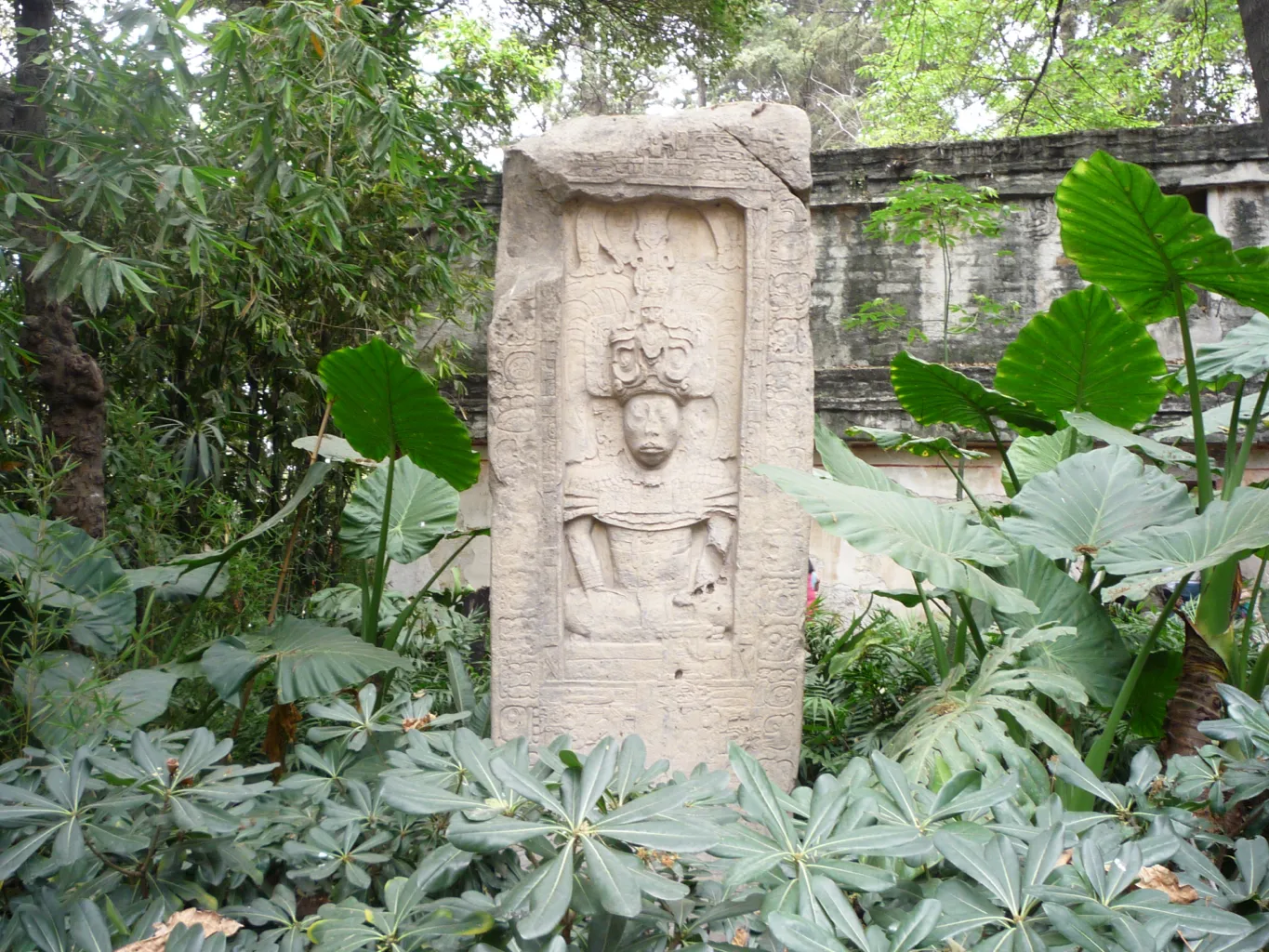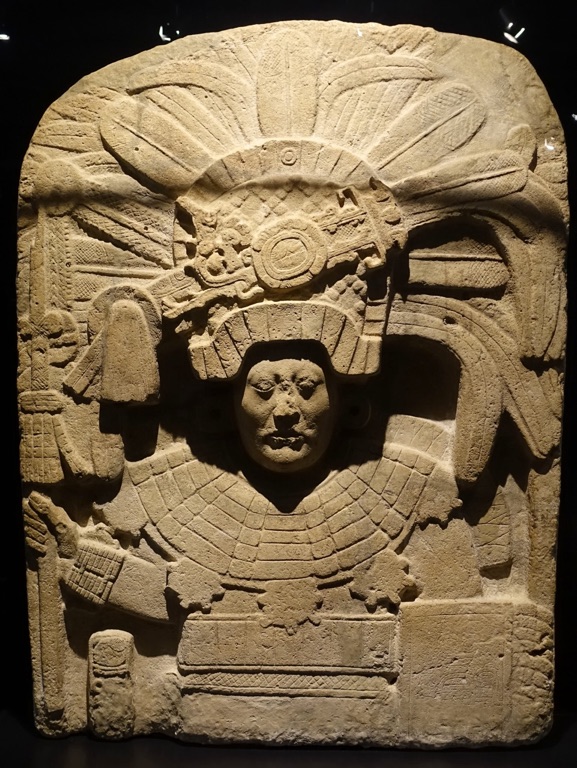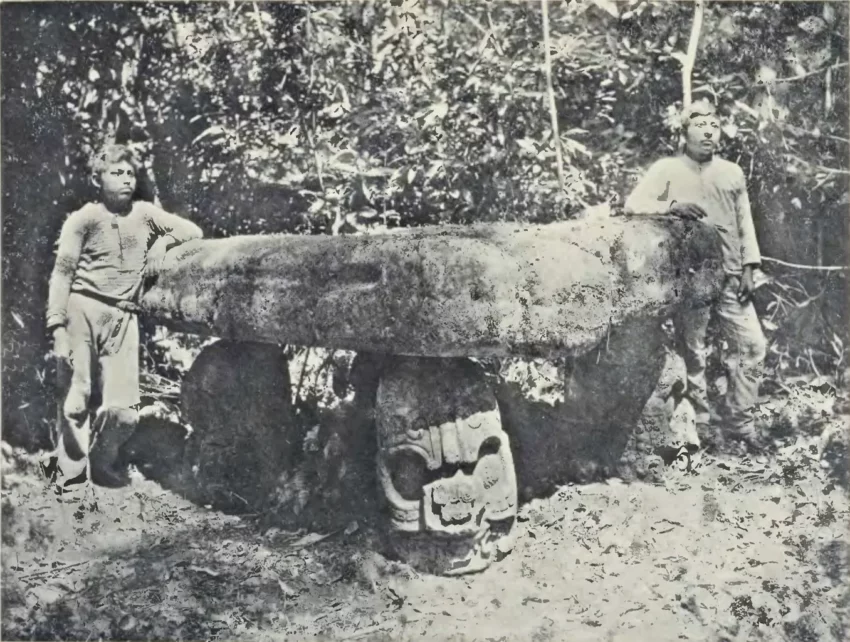The Ancient City of Piedras Negras: A Pre-Columbian Maya Powerhouse
Piedras Negras, translating to “black stones” from Spanish, stands as a testament to the ingenuity and might of the pre-Columbian Maya civilization. Situated on the north bank of the Usumacinta River in the Petén department of northwestern Guatemala, this ancient city is recognized for its significant role among the Maya urban centers along the Usumacinta River.
Get your dose of History via Email
Location and Geography
The city’s strategic location in the Southern Lowlands of Guatemala, near the Mexico border, played a pivotal role in its development. Piedras Negras thrived on the eastern banks of the Usumacinta River, with its urban layout organically integrated into the surrounding hills, providing natural defenses. This area, now heavily forested, was once a bustling center of Maya civilization.

Historical Overview
Archaeological evidence suggests that Piedras Negras was inhabited from the 7th century BC, experiencing two major population peaks. The first peak occurred around 200 BC during the Late Preclassic period, followed by a decline. A resurgence in population and influence was noted in the Late Classic period, around the second half of the 8th century AD, with estimates suggesting a principal settlement population of approximately 2,600 and a regional population of around 50,000.
Political and Cultural Significance
Piedras Negras was an independent city-state for much of the Early and Late Classic periods. It maintained alliances and, at times, paid tribute to neighboring states. The city’s extensive sculptural output, particularly from the Late Classic period, is of notable finesse, contributing significantly to our understanding of Maya political history and artistry.

The Emblem Glyph and Rulers of Piedras Negras
The emblem glyph of Piedras Negras, identified as Yo’k’ib’, suggests its importance as a “great gateway” or “entrance,” possibly referencing its strategic location along trade routes. The city’s rulers, from K’an Ahk I in AD 297 to K’inich Yat Ahk II, who reigned until 808, are well-documented through stelae and altars, providing a detailed account of their reigns, military conquests, and alliances.
Decline and Legacy
The capture of Ruler 7 by K’inich Tatbu Skull IV of Yaxchilan marked the end of the ruling dynasty that had governed Piedras Negras since AD 603. Signs of burning, destruction, and the deliberate damage to monuments suggest a period of decline and possibly internal conflict or conquest. Despite this, the city’s occupation continued until around AD 930, after which it was abandoned.
Contributions to Maya Epigraphy
The work of Tatiana Proskouriakoff at Piedras Negras revolutionized the understanding of Maya hieroglyphs, shifting the perception of the Maya from a solely peaceful and cosmological society to one actively engaged in recording political and social histories.
Modern Discoveries and Conservation
Explorations in the late 19th and early 20th centuries, followed by archaeological projects led by institutions such as the University of Pennsylvania and Brigham Young University, have unearthed significant findings at Piedras Negras. In recognition of its historical value, the World Monuments Fund allocated funds for its conservation, ensuring the preservation of this ancient Maya city for future generations.
Piedras Negras remains a crucial site for understanding the complexity and dynamism of the Maya civilization, offering invaluable insights into their political structures, social hierarchies, and cultural achievements.

